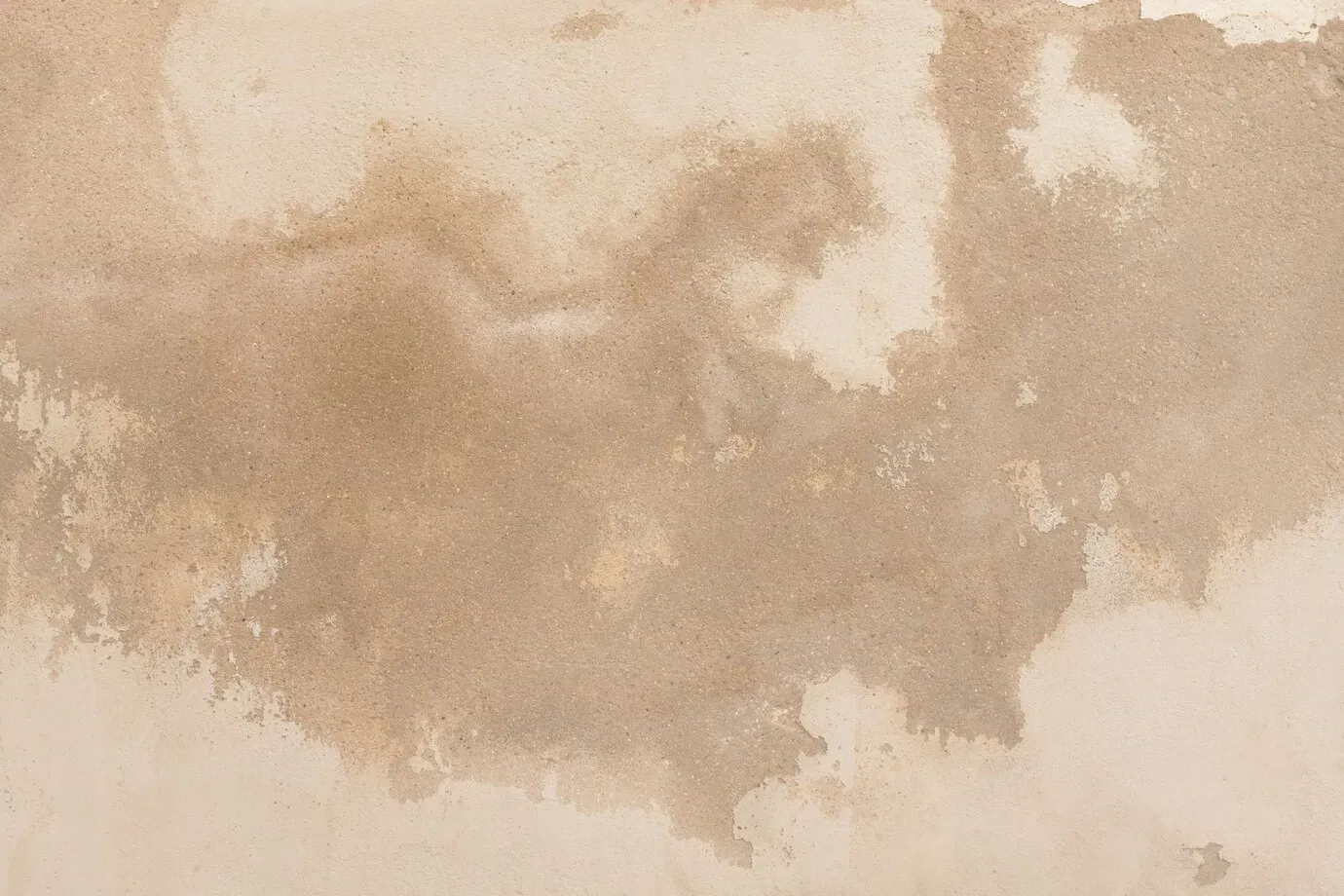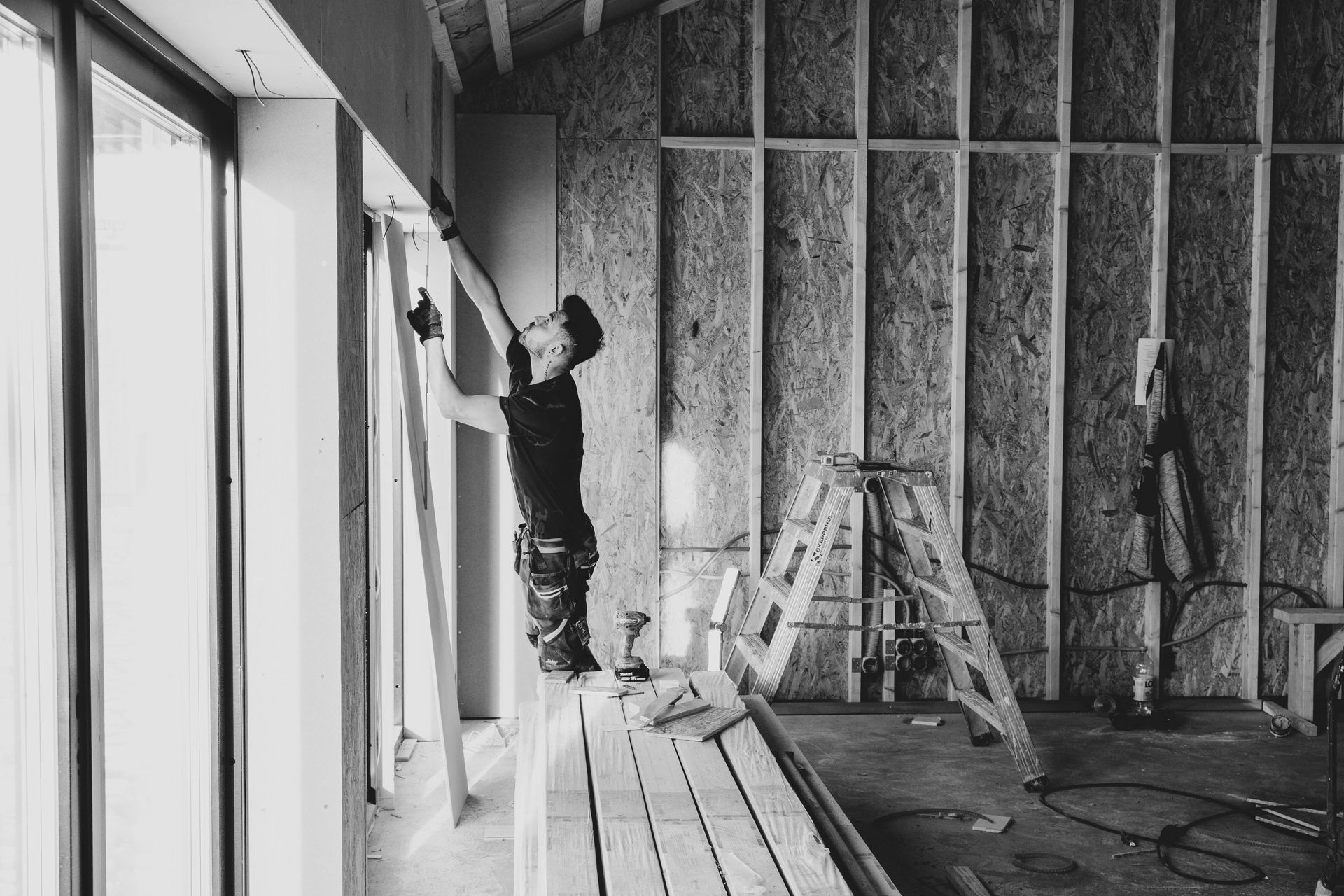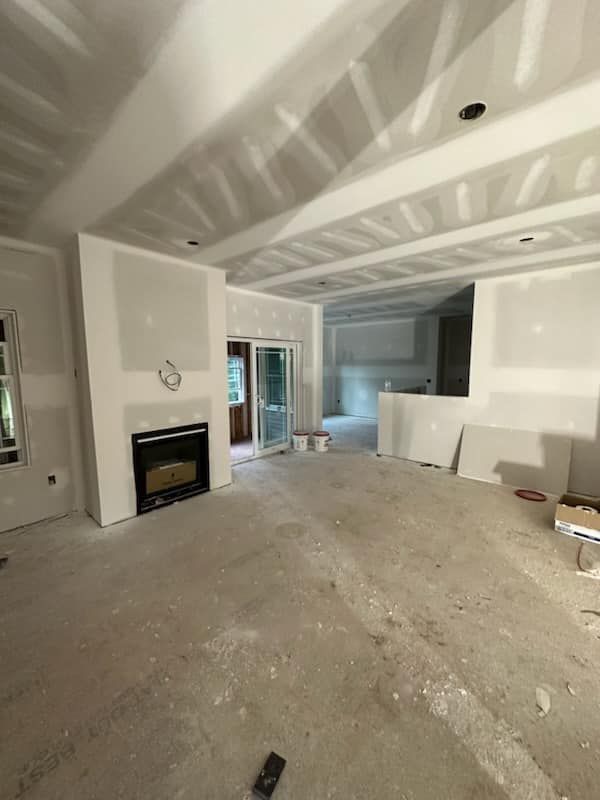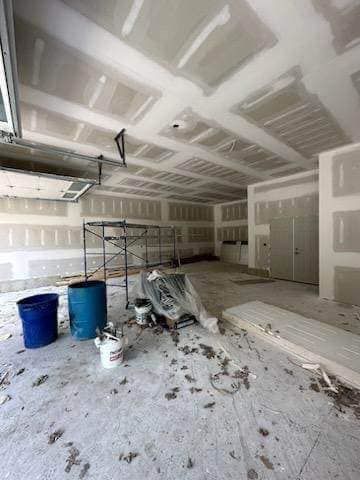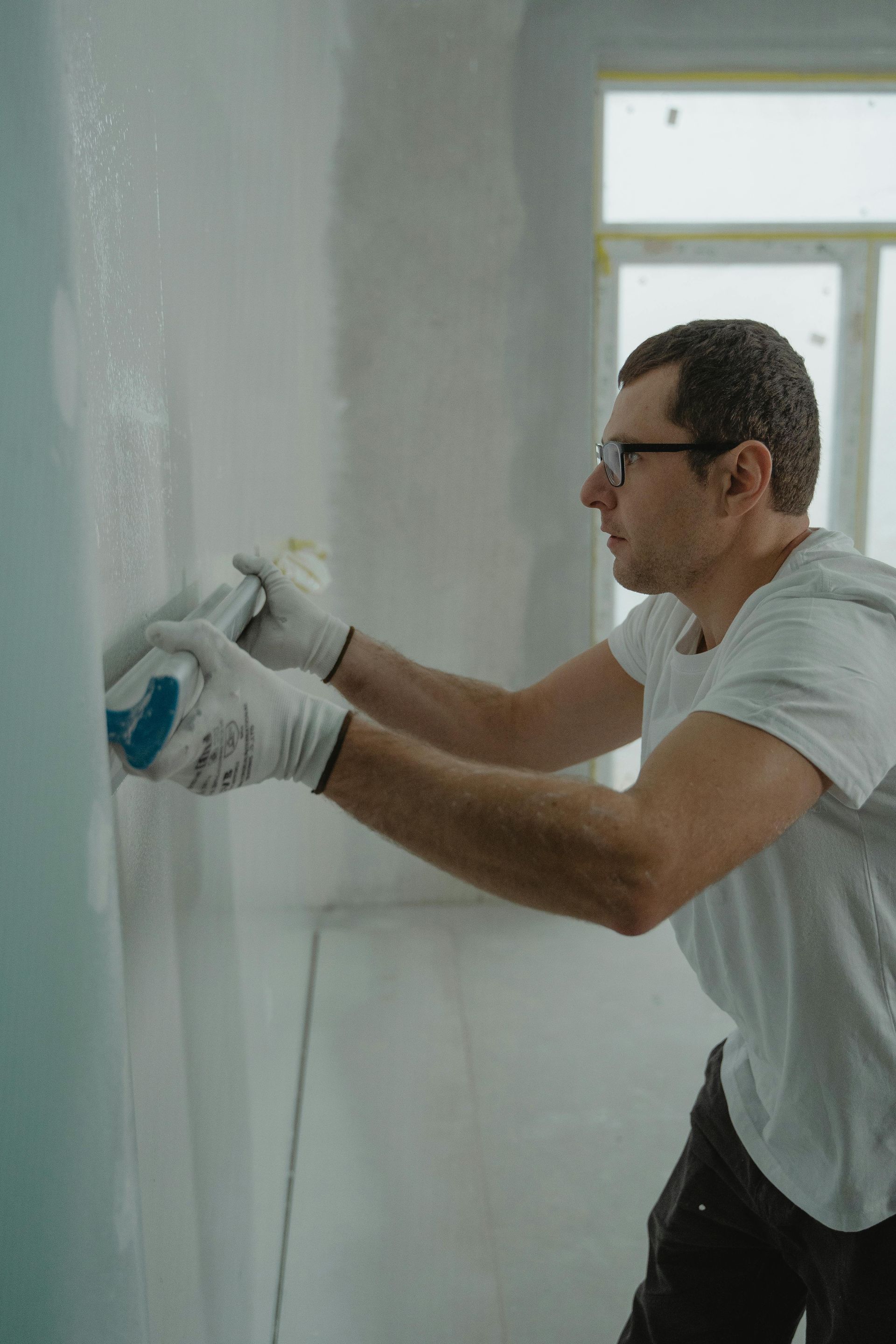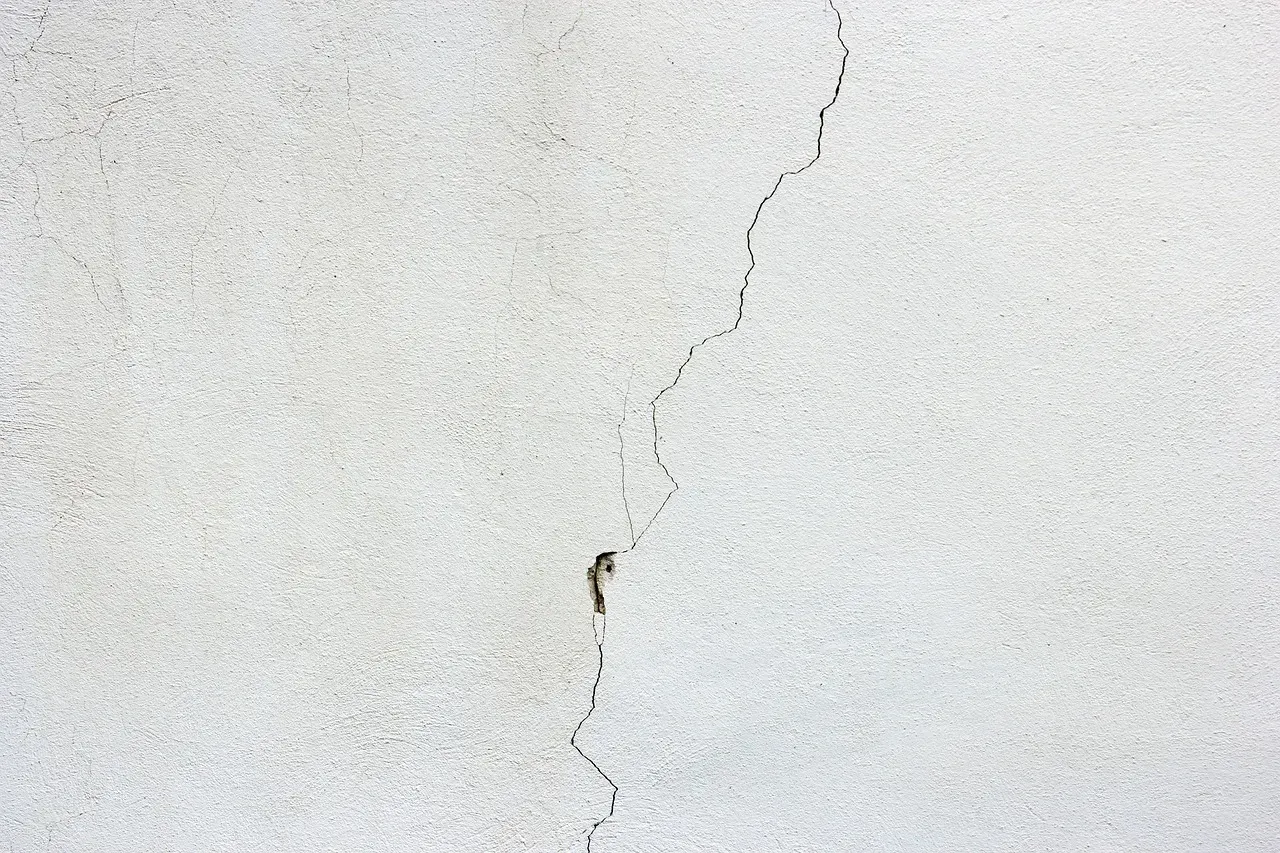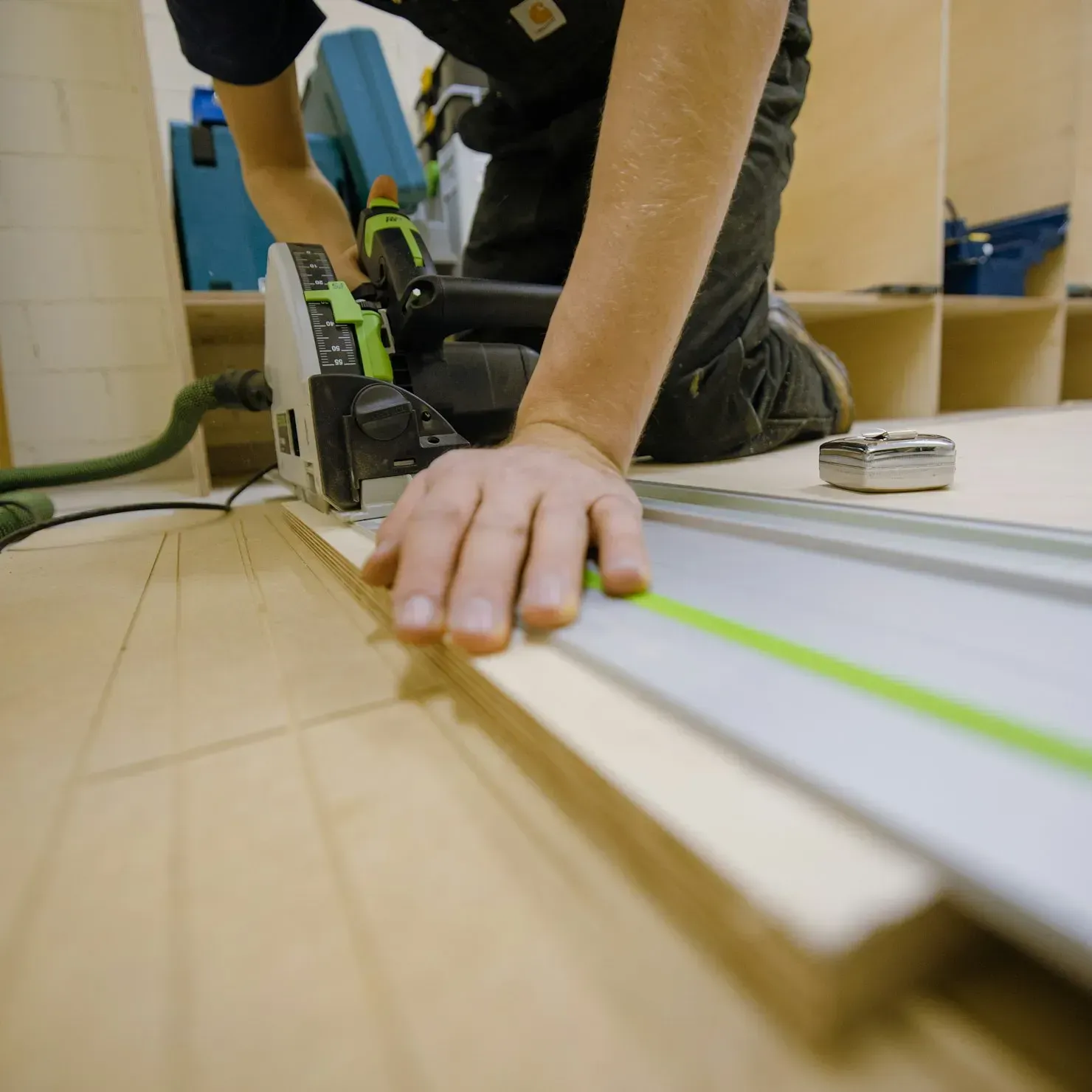Mastering Interior Painting: A Guide to Selecting the Perfect Paint for Every Surface
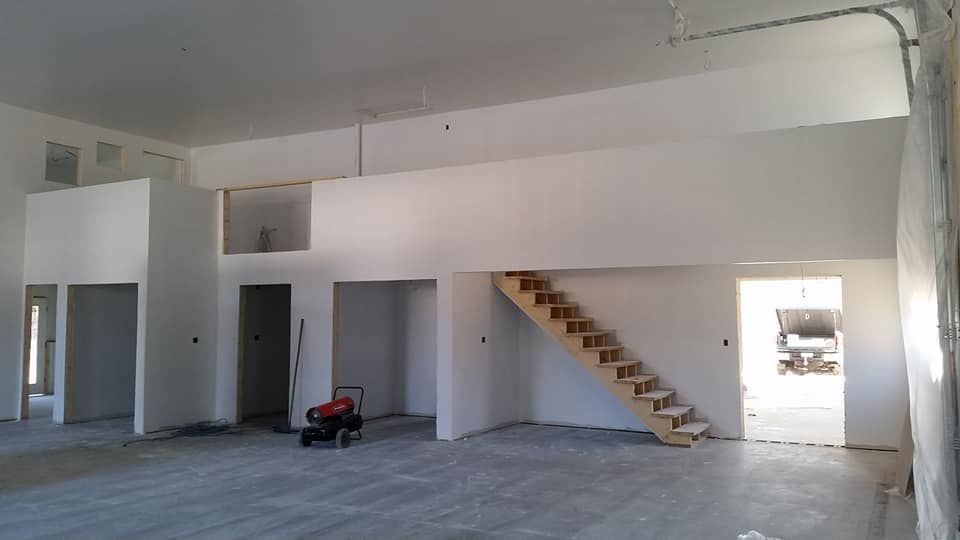
Welcome to a vibrant world of colors! In this comprehensive guide, we're exploring the art of interior painting. The right paint can do more than just cover a wall – it can elevate your space and reflect your unique style. In this rapidly evolving industry, staying informed is key. We're here to provide expert insights, backed by the latest research, to help you make informed decisions for every surface in your home. Whether you're a DIY enthusiast or a seasoned pro, this guide is packed with valuable tips for selecting the perfect paint. Let's dive in and transform your space with confidence and creativity!
Understanding Paint Types
Navigating the paint aisle can be overwhelming. But don't worry, we've got you covered. Let's break down the main types of paint and their ideal use cases:
- Latex Paint: Known for its versatility and ease of clean-up, latex paint is water-based and perfect for most interior walls and ceilings. It dries quickly and is environmentally friendly.
- Oil-Based Paint: Ideal for high-traffic areas, oil-based paints are renowned for their durability. They're great for trim and surfaces that endure a lot of wear and tear.
- Acrylic Paint: A type of water-based paint, acrylic is known for its resistance to fading and its ability to withstand moisture. Perfect for bathrooms and kitchens.
Each type has its pros and cons, and the choice depends on your specific needs. Recent advancements in paint technology, like low-VOC (volatile organic compounds) formulations and enhanced durability, mean more options and better results for your projects. A 2023 study on indoor air quality, published in the "Journal of Eco-Friendly Building Materials," highlights the growing preference for eco-friendly paint options.
When selecting paint, consider not just the color but the finish as well. Finishes range from matte to high gloss, each offering a different look and level of durability.
In summary, the right paint type can not only bring your aesthetic vision to life but also ensure longevity and health safety.
Painting Walls - Choosing the Right Paint
When it comes to painting walls, the choices can seem endless. But with a few expert tips, you can select the perfect paint with ease:
- Material Matters: The type of wall material dictates your paint choice. Drywall does well with water-based latex paints, while plaster walls are more suited to oil-based products. For textured walls, thicker paints like acrylic-latex are ideal.
- Color Psychology: Colors have the power to set the mood of a room. Light colors can make a room feel larger and more airy, while dark hues create a sense of coziness. A 2023 color trend report from the "Global Color Association" suggests that earthy tones and pastels are in vogue this year.
- Lighting and Paint: Natural and artificial lighting can significantly affect how a paint color looks in your space. Always test paint samples in different lighting conditions before making your final choice.
- Finish for Function: High-traffic areas benefit from satin or semi-gloss finishes, which are easier to clean. Matte finishes, on the other hand, are better for less busy areas and hide wall imperfections well.
- Longevity and Quality: Invest in high-quality paint for better coverage and longer-lasting results. According to a recent study by the "Home Improvement Research Institute," premium paints can last up to five years longer than their cheaper counterparts.
Remember, painting walls is more than just a decorative change; it's an investment in your space. Choose wisely to ensure a beautiful and lasting impact.
Ceiling Paint Selection
The ceiling, often referred to as the "fifth wall," plays a crucial role in the overall ambiance of a room. Here's how to choose the right paint for your ceiling:
- Color and Light Reflection: Traditionally, ceilings are painted white to reflect light and create a sense of space. However, modern trends are shifting towards subtle hues that complement wall colors. A 2023 interior design survey indicates an increasing preference for light blues and greys on ceilings.
- Paint Type and Finish: Flat or matte finishes are typically preferred for ceilings as they hide imperfections and offer a uniform look. If you're dealing with a damp environment like a bathroom, opt for a mildew-resistant paint.
- Applying Ceiling Paint: Painting a ceiling can be more challenging than walls due to its position. Choose a paint that has minimal splatter and is easy to apply. Some paints are specifically formulated for ceilings, offering thicker consistency and smoother application.
- Impact of Ceiling Paint on Room Size: Light-colored ceilings can make a room appear larger and more open, while darker colors can create a cozy, intimate feeling. Consider the height and size of the room when selecting your paint color.
- Innovations in Ceiling Paints: Keep an eye out for the latest innovations, such as ceiling paints that go on with a tint but dry white, making it easier to ensure even coverage.
Choosing the right paint for your ceiling can enhance the room's aesthetic and even impact its perceived size and brightness. Don't overlook this important aspect of room design.
Trim and Doors - Making the Right Choice
Trims and doors are often the accents that complete the look of a room. Here's how to pick the right paint:
- Durability is Key: Trims and doors are high-traffic areas, so choose paint that's durable and easy to clean. Gloss or semi-gloss finishes are ideal as they resist scuffing and are easy to wipe down.
- Complement or Contrast: Decide whether you want your trim and doors to stand out or blend in. Contrasting colors can add drama and draw attention, while complementary colors create a harmonious look. According to a 2023 design trend report, bold and contrasting colors for trims are gaining popularity.
- Application Matters: For a smooth finish, especially on wood trims and doors, consider using oil-based paints. They take longer to dry but provide a hard, durable finish. For a quicker job, water-based latex paints are easier to work with and dry faster.
- Eco-Friendly Options: With growing environmental concerns, low-VOC or no-VOC paints are becoming the preferred choice. They're safer for indoor air quality and just as effective as traditional paints.
- Maintenance and Upkeep: Remember that darker colors may show dust and fingerprints more readily, requiring more frequent cleaning.
Selecting the right paint for trims and doors can enhance their functionality and contribute to the overall aesthetic of your space. This choice can also significantly impact the maintenance and longevity of these areas.
Specialty Surfaces: Tile and Metal
Painting unconventional surfaces like tile and metal requires special consideration. Here's how to tackle these with confidence:
- Choosing Paint for Tile: Ordinary paint won't adhere well to tile. Use a high-adhesion primer followed by epoxy or urethane-based paint. These are specifically formulated for smooth surfaces and provide a durable finish.
- Metal Surfaces: When painting metal, rust inhibition is key. Start with a rust-inhibiting primer. Then, use either oil-based or acrylic-latex paint designed for metal. These paints prevent rust and ensure a long-lasting finish.
- Preparation is Crucial: Clean the surfaces thoroughly before painting. Any grease, dust, or rust can prevent proper adhesion, leading to peeling and chipping.
- Application Techniques: Use brushes, rollers, or sprays designed for these surfaces. Spraying often gives the smoothest finish but requires more preparation to protect surrounding areas.
- Durability and Maintenance: Specialty paints for tile and metal are formulated to withstand harsh conditions. However, regular maintenance is still necessary to keep them looking fresh. A 2023 study in the "Journal of Protective Coatings & Finishes" highlights the longevity benefits of properly applied specialty paints.
Painting tile and metal can transform these surfaces, but the right products and techniques are crucial for a successful and lasting finish.
Application Tips and Techniques
Applying paint correctly is just as important as choosing the right one. Here's how to ensure a flawless finish:
- Preparation is Everything: Start with a clean, smooth surface. Repair any holes or cracks, and sand down uneven areas. Use painter's tape to protect edges and trim.
- Primer is Key: Especially for new surfaces or when changing paint colors drastically, a good primer can make a huge difference. It ensures better paint adhesion and a more uniform color.
- Brushes and Rollers: Choose the right tools for your paint type and surface. Brushes are great for edges and small areas, while rollers cover large surfaces more efficiently. For oil-based paints, use natural bristle brushes; for water-based paints, synthetic brushes work best.
- Technique Matters: Apply paint in thin, even layers. Overloading your brush or roller can lead to drips and uneven coverage. For walls, start from the top and work your way down.
- Drying Time: Follow the manufacturer's recommendations for drying time between coats. Rushing this process can ruin a smooth finish.
- Safety First: Ensure proper ventilation, especially when using oil-based paints or primers. Wear protective gear like masks and gloves to avoid inhaling fumes or getting paint on your skin.
- Clean-Up and Disposal: Clean your tools promptly after use. Dispose of any leftover paint responsibly, following local regulations.
A meticulous approach to paint application can dramatically affect the look and longevity of your project. These tips will help you achieve a professional-quality finish, even if you're a DIY beginner.
Health and Safety Considerations
While focusing on aesthetics, it's vital not to overlook the health and safety aspects of interior painting:
- Eco-Friendly Paint Options: Opt for low-VOC or no-VOC paints to minimize exposure to harmful chemicals. These paints are not only better for your health but also for the environment.
- Ventilation is Crucial: Always ensure good airflow in your painting area. Open windows and use fans to circulate air and dispel fumes.
- Safe Painting Practices: Wear protective gear like gloves and masks, especially when sanding surfaces or working with oil-based paints. This protects you from inhaling dust and fumes.
- Mind the Ladder Safety: When painting high areas, use a sturdy ladder and follow safety guidelines. Never overreach and move the ladder as needed.
- Child and Pet Safety: Keep paint and tools out of reach of children and pets. Be aware of wet paint areas to prevent accidental contact.
- Disposal of Materials: Dispose of paint and materials responsibly. Check local regulations for hazardous waste disposal guidelines.
- Awareness of Paint Fumes: Some individuals are more sensitive to paint fumes. If you experience dizziness, headaches, or nausea, take a break and seek fresh air immediately.
A 2023 study from the "Global Health and Safety Review" emphasizes the importance of using eco-friendly products and maintaining a safe environment while painting. By prioritizing health and safety, you can enjoy a new look for your space without compromising well-being.
Maintenance and Longevity
After painting, maintaining your surfaces ensures they look great for years. Here’s what you need to know:
- Regular Cleaning: Gently clean painted walls with a soft, damp cloth, especially high-touch areas like around switches and door handles.
- Touch-Ups: Keep some extra paint for minor touch-ups. This is particularly useful for areas that see more wear and tear.
- When to Repaint: On average, interior paint jobs last 5 to 7 years. High-traffic areas may need attention sooner.
For those looking for professional assistance, especially in Easthampton, Montgomery, Northhampton, South Hadley, Southampton, and Westhampton, consider Frenchie Drywall.
Their expertise in Interior Painting, Residential and Commercial Drywall, as well as Drywall Installation and Repair, makes them a go-to choice for quality and reliability.
With their deep understanding of different surfaces and environments, they can ensure your paint job not only looks fantastic but also stands the test of time.
Conclusion
Choosing the right paint and applying it correctly can transform your space. Whether you're a DIY enthusiast or prefer professional help, like the services offered by Frenchie Drywall, the key is in the details. Experiment, express yourself, and don’t hesitate to seek expert advice. Share your painting experiences with us or drop any questions you have. Let’s color our worlds beautifully!

